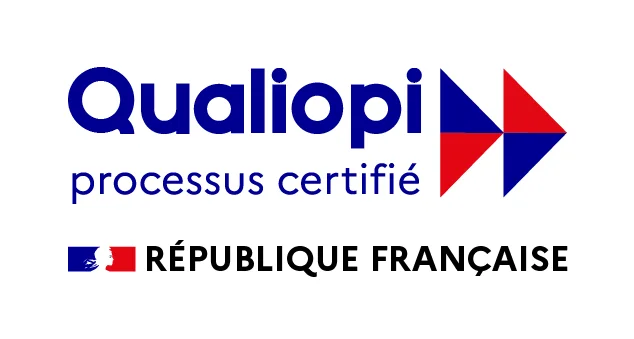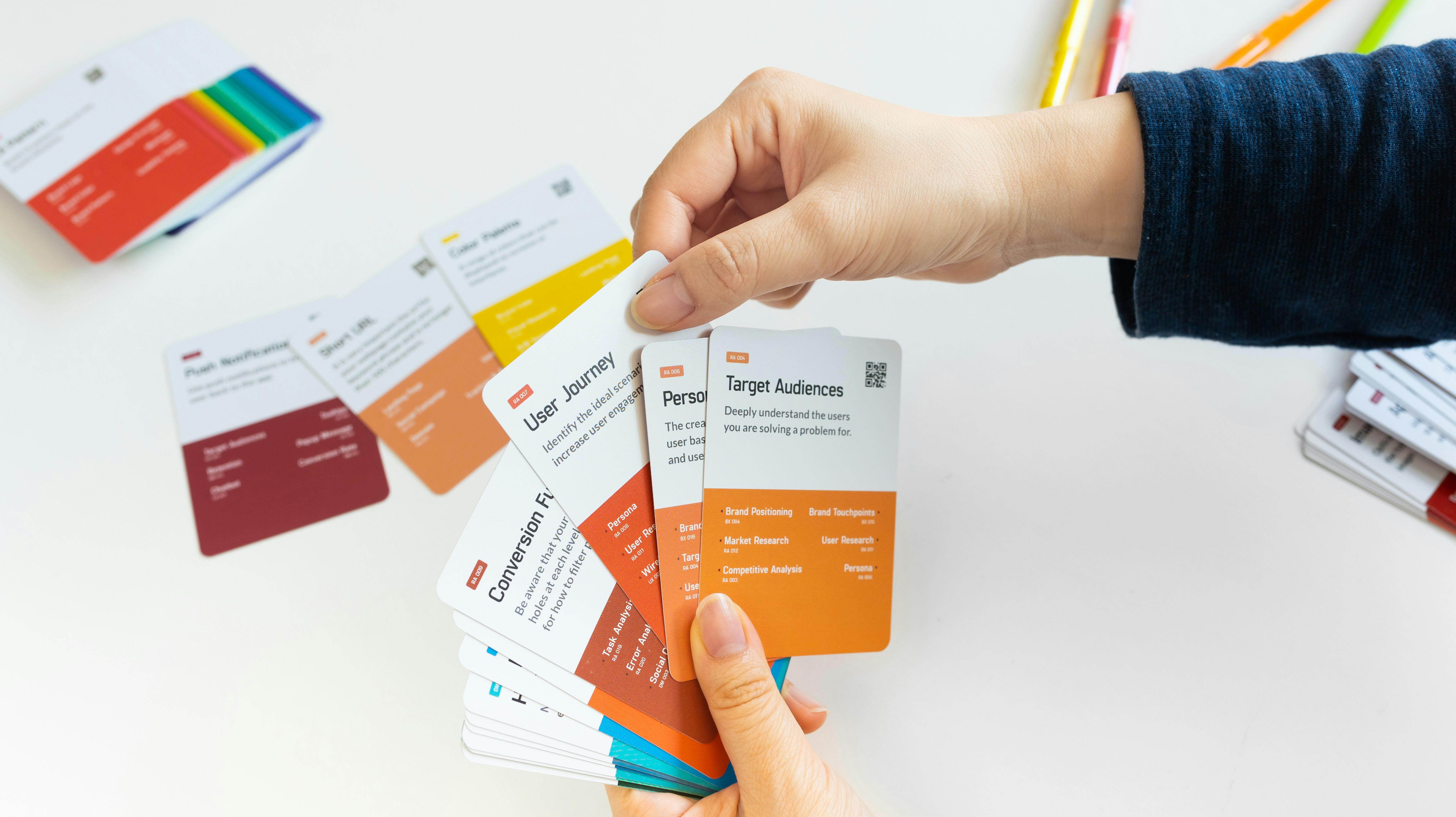Scrum + LUCKiwi: Structure Your Product Backlog with Ease
Take a moment to think
Apply Scrum to your product backlog with just a few clicks using LUCKiwi.
Structuring Your Product Backlog: Epics, Features, and User Stories
Before entering anything into the tool, follow this hierarchy:
- Epics – Large functional blocks, e.g., "Contract Management".
- Features – Detailed functionalities within an epic, e.g., "Create/Modify/Delete Contact".
- User Stories – The smallest level, describing the user expectation:
As a sales representative, I want to add a new contact with their details so that I can easily find them.
1. Create Your Scrum Space on LUCKiwi
- Go to app.luckiwi.com (10 days free trial available).
- Create a free account and log in.
- In your dashboard, click "Add Project" → Blank Project, name it "Scrum" and choose a color.
2. Prepare the "Backlog" Sheet
- Add a new worksheet named Backlog and customize its color.
- Select the "Task List" mode to make it your Product Backlog.
- In "File" → "Columns", remove the "Start" and "End"fields (not needed here).
3. Customize the Columns for Scrum
- Structure: to indicate epic/feature/user story.
- Priority (dropdown): high/medium/low.
- Effort Points (classification): relative load estimation.
- Status: To Do/In Progress/Done.
4. Estimate in Effort Points
- Scrum prefers relative estimates (points) over calendar days.
- Example: In a 2-week sprint (10 working days), the team delivers 20 points.
- 1 point = ½ day of work.
- This allows you to define a velocity: the number of points deliverable per sprint.
5. Enter Your Epics, Features, and User Stories
- Add a row for each epic.
- Insert features as children of the epic (click the arrow ► and "Add Child").
- Add your User Stories under each feature, following the structure "As a… I want… So that…".
- Reorganize the Structure column if necessary to clearly visualize the hierarchy.
6. Start Your Sprint
- Once your backlog is ready, the team meets for Sprint Planning.
- Drag the highest priority User Stories into the Sprint Backlog (new sheet or dedicated board).
- Distribute effort points based on the team's velocity.
7. Track Progress
- The team updates the Status column as progress is made (To Do → In Progress → Done).
- You instantly get a completion counter and a clear view of the sprint's progress.
Benefits of This Method
- Clarity: Epic → Feature → User Story hierarchy visible at a glance.
- Flexibility: Adjust priorities and sprint estimates after each sprint.
- Visibility: The whole team knows exactly what to do, how, and why.
- Measured Velocity: Quantitative control of your delivery capacity.






